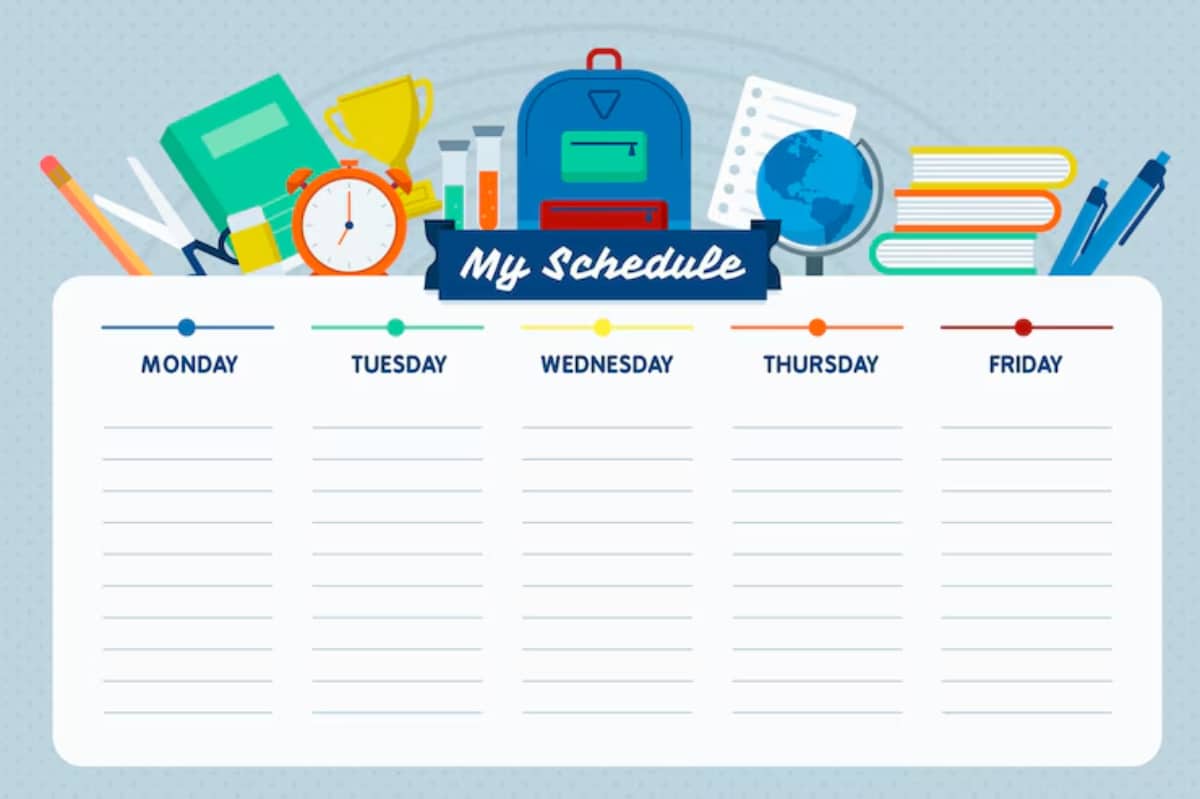
Free vs. Paid Homeschool Curriculum: Which is Better?
When you homeschool your child, one of the first big choices you’ll face is which curriculum to use. A common dilemma is using a free homeschool curriculum or investing in a paid program. With so many online resources today, the line between free and paid options can feel blurry. However, knowing each of the strengths and weaknesses can help you make the right decision for your family.
In this guide, we’ll look at the pros and cons of both types, give you tips for choosing a homeschool program, and help you decide what gives you the best value homeschool experience, both financially and educationally.

What Does “Free vs. Paid” Really Mean?
Before diving in, let’s clarify what we mean:
- Free Homeschool Curriculum: These are programs, guides, worksheets, and lesson plans you can access at no cost. They might be from public sources, non-profits, or shared by other homeschooling parents.
- Paid Homeschool Curriculum: These are complete, structured programs you buy as physical textbooks or digital subscriptions. They often include teacher guides, student workbooks, and access to online platforms or communities.
Now, let’s break down what each offers.
Pros of Free Homeschool Curriculum
1. It’s Budget-Friendly
The most obvious perk? It’s free. Starting with free resources makes sense if you’re on a tight budget or trying out homeschooling for the first time.
2. Flexible and Customisable
Free resources allow you to pick and choose. Want to try a different approach to maths this month? You can switch without wasting money. Many parents enjoy building their curriculum based on their child’s learning style.
3. Access to a Variety of Topics
Websites like Khan Academy, Easy Peasy All-in-One Homeschool, and CK-12 offer lessons in everything from science to coding. You’re not limited to just one teaching style or method.

Cons of Free Homeschool Curriculum
1. Time-Consuming
Because you’re sourcing materials yourself, you’ll spend much time researching, planning, and printing. It can get overwhelming fast, especially if you homeschool more than one child.
2. Gaps in Learning
Free resources aren’t always complete. Some cover only a few subjects or skip certain grade levels. Without a clear roadmap, missing important concepts is easy unless you stay very organised.
3. Limited Support
Most free programs don’t come with teacher support or built-in communities. If your child struggles or you need help, you may have to search forums or rely on other parents.
Pros of Paid Homeschool Curriculum
1. Structured and Comprehensive
Education professionals usually design paid programs. They often follow a clear scope and sequence, covering all subjects for the year. This can offer peace of mind, especially for new homeschoolers.
2. Saves Time
Lesson plans are done for you. You won’t need to organise or figure out what to teach next. Many programs also include grading guides, quizzes, and progress tracking.
3. Additional Support
Many paid platforms include customer service, online communities, tutor access, and sometimes live classes. If your child struggles with a topic, help is just an email or video call away.
Cons of Paid Homeschool Curriculum
1. Higher Cost
Depending on the provider, prices can range from $50 to over $1,000 per year. That’s a significant investment—especially if you have more than one child.
2. Less Flexibility
Many paid programs follow a set schedule or teaching style. Adapting the material may be difficult if your child learns differently or wants to explore topics outside the curriculum.
3. You Might Pay for What You Don’t Use
Not every part of a paid curriculum may suit your child. If you don’t like a particular module or find it too advanced or basic, you may look for outside materials anyway, on top of what you already paid for.
Factors to Consider When Choosing a Homeschool Program
Here are a few questions to ask yourself:
- What’s your budget? If money is tight, free resources may be the only choice now, and that’s okay.
- How much time do you have? A DIY curriculum takes more effort. A paid program might save you hours each week.
- Does your child need structure or flexibility? Some kids thrive with clear schedules, others do better with open-ended learning.
- Are you confident teaching all subjects? If you’re unsure about specific areas, a paid program with support might help ease the pressure.
Best Value Homeschool Options
You don’t have to choose only free or only paid. Many families mix and match. Here are a few popular approaches:
Blended Approach
Use a free program like Khan Academy for maths and invest in a paid reading program like All About Reading for literacy support.
Low-Cost Paid Options
Some platforms offer very affordable subscriptions. For example:
- Outschool: You can sign up for individual classes as needed.
- Skillshare or CuriosityStream: These can be great for supplemental learning.
Use Free Trials and Samples
Many paid curricula offer free trial periods or sample lessons. Try them out before committing long-term.
Real-Life Story: What One Parent Did
When Emma started homeschooling her 9-year-old son in Ontario, she was overwhelmed by choices. She started with free tools like Easy Peasy and Duolingo but found it hard to stay consistent.
“I liked the freedom, but I kept second-guessing if I was doing enough,” she said. Eventually, she bought a full-year plan from Time4Learning.
“It wasn’t cheap, but it gave me confidence. We still use free apps for art and science, but I don’t stress as much about missing anything major.”
Emma’s blended approach helped her feel more balanced, financially and academically.
Tips for Getting the Most from Either Option
Whether you go free, paid, or a mix of both, here are a few tips:
- Plan. Know what you want to cover each term or month.
- Track progress. Use a notebook or app to record completed lessons and any issues.
- Join a community. Find local or online homeschool groups. Support makes a big difference.
- Revisit your choice regularly. What works one year may not suit the next.
So, Which Homeschool Curriculum Is Right for You?
When it comes to the free vs paid homeschool debate, there’s no one-size-fits-all answer. Your decision will depend on your child’s needs, teaching style, and budget. Some families thrive with a well-structured, paid program. Others do just fine, stitching together a high-quality plan from free resources.
The key is to stay flexible, do what works for your family, and remember—there’s no perfect curriculum, but there is a best fit for you.
Ready to start building your programme?
Check out our guide on how to keep homeschooling affordable year-round for great tools to explore today.


